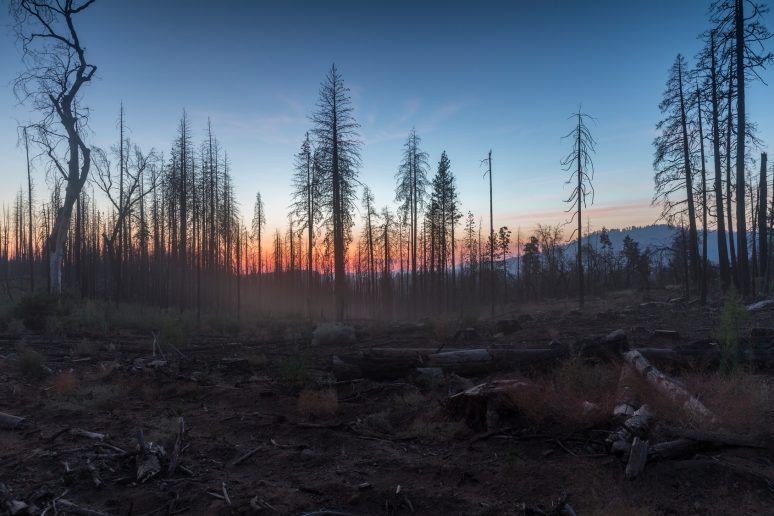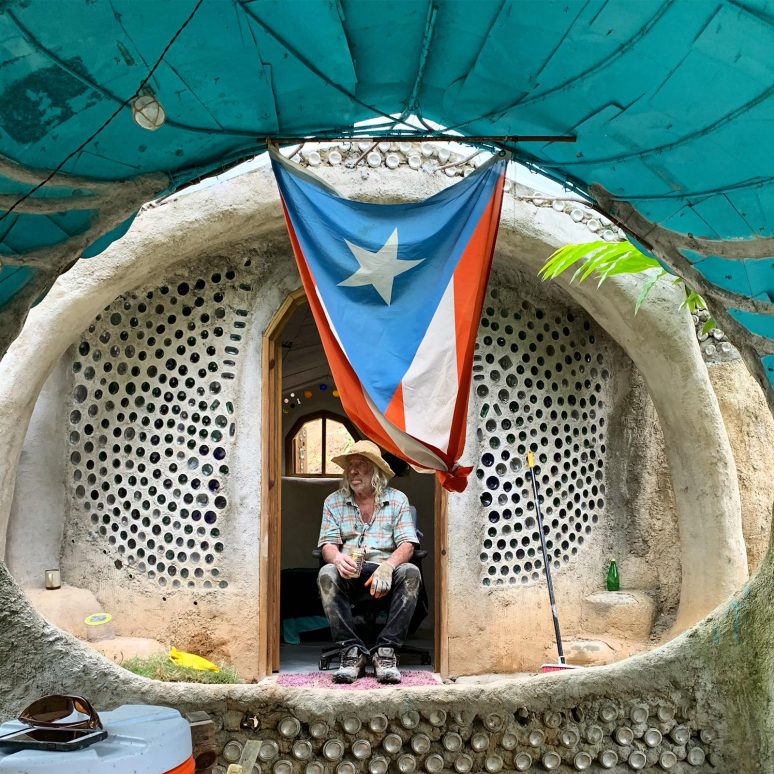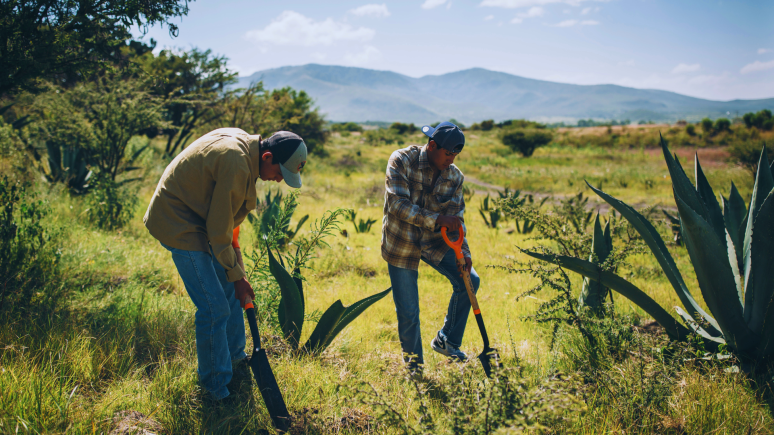
What is Permaculture?
Permaculture is connected to regenerative philosophy. As a way of thinking, it asks us to consider the impact individual parts have on the whole ecosystem.
Permaculture is a way of viewing the world and interacting with it. It asks us to remember that, as humans, we too are part of the ecosystem. The choices that we make can have either a positive or negative effect on the health of others and on the system (our planet) as a whole.
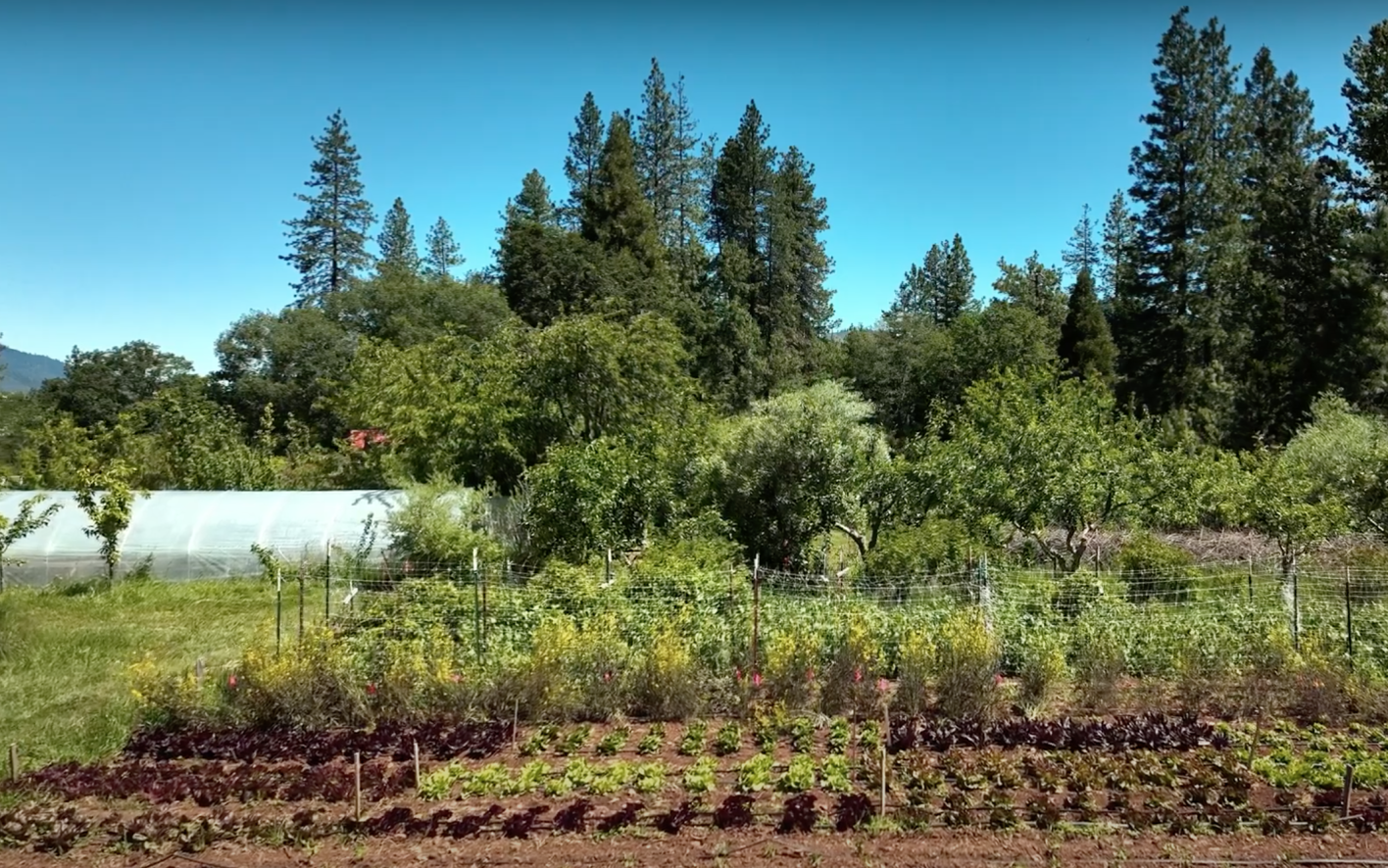
Permaculture is a philosophy that informs both the decisions we make in our gardens or veggie patches and the choices we make in life. Recognising our part in the smaller and larger ecosystems in which we live. This might mean considering the different functions of the plants in your garden, and how they’ll affect your garden’s ecosystem. Some plants can be instrumental in enriching soils, attracting pollinators, or deterring pests, for example, and you might make decisions on what to plant together to support the overall health of that ecosystem.
On another hand, you may consider how your consumption choices might affect others in the wider ecosystem of the planet. Divesting from companies that have a negative impact on the planet, pollute ecosystems (through air land or water) and exploit vulnerable communities for cheap labour, instead choosing to invest in businesses that make a positive social and environmental impact.
Ultimately, permaculture seeks to learn from nature. To bring out the intelligence inherent in natural ecosystems for the benefit of the whole. It’s an approach that minimises waste and maximises (bio)diversity – just what the world needs right now!
Key Values and Principles
The four core values of permaculture are earth care, people care, future care and fair share. Looking after the earth as well as each other, considering the impact of our decisions for future generations and ensuring that any benefits are equitably distributed.
These values are bolstered by 12 guiding principles:
- Observe & Interact / Prolonged, Thoughtful Observation
- Catch and Store Energy
- Obtain a Yield
- Apply Self-Regulation and Accept Feedback
- Use and Value Renewable Energy & Resources
- Produce Little to no Waste
- Design From Patterns to Detail
- Integrate Rather than Separate
- Using Small and Slow Solutions
- Use and Value Diversity
- Use the Edge and Value the Marginal
- Creatively Use and Respond to Change
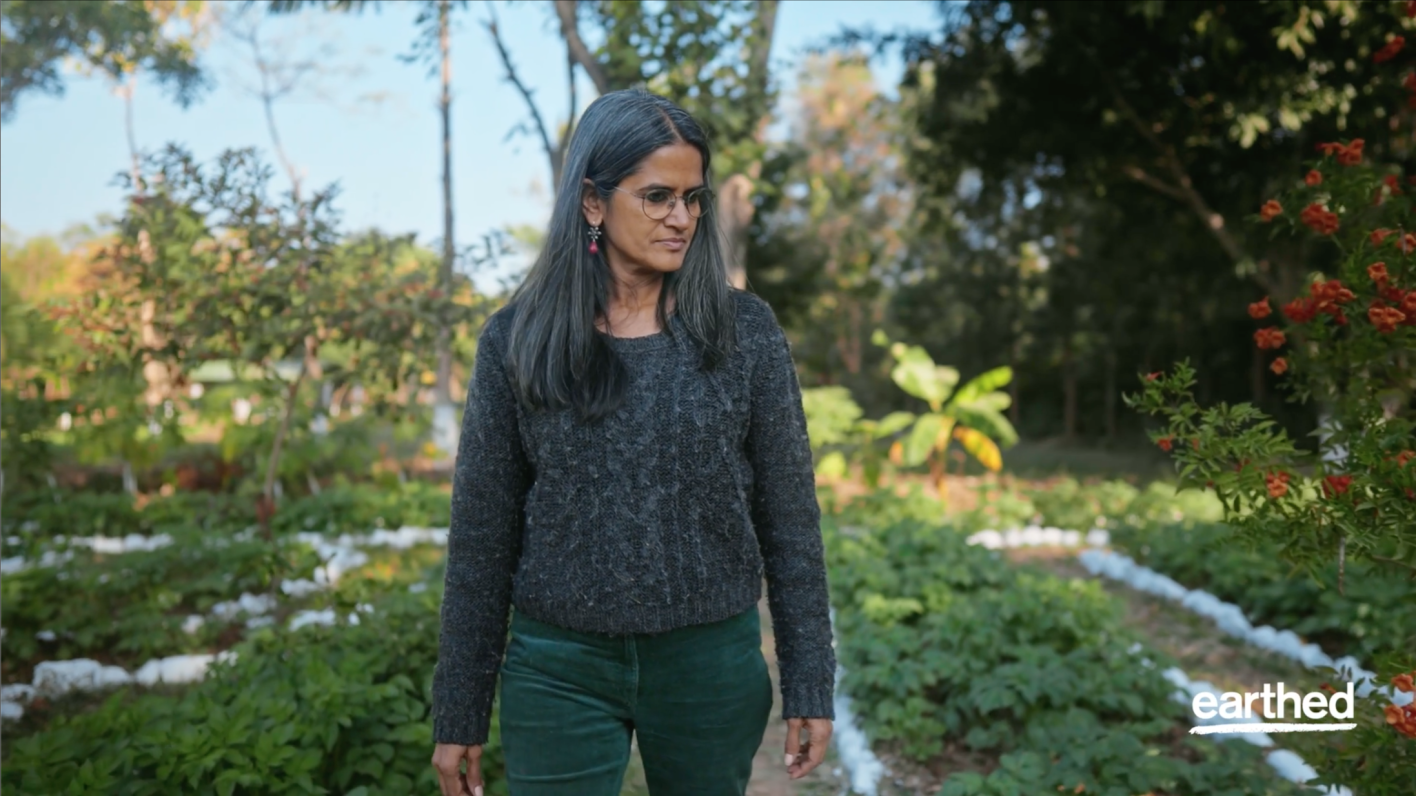
The Roots of Permaculture
As we consider how to salvage our global food system, it makes sense to look back before the rise of industrial agriculture and ask what we were doing before. What is still common practice in many indigenous communities and small farms across the globe, and consider this remembrance to be the starting point for rethinking our approach to agriculture.
Food systems and agriculture have changed rapidly in the last century. During the “green revolution” in the 1960s, new systems of farming technology were exported across the globe. Enforcing a monoculture system of agriculture with rows upon rows of mass-produced GMO crops depending on industrial fertilisers and pesticides.
Sadly, as a result, much of the last century has seen industrial agriculture deplete the nutritional value of our soils, destroy the lives and livelihoods of many farmers and rural communities, and has placed us dangerously close to international food insecurity.
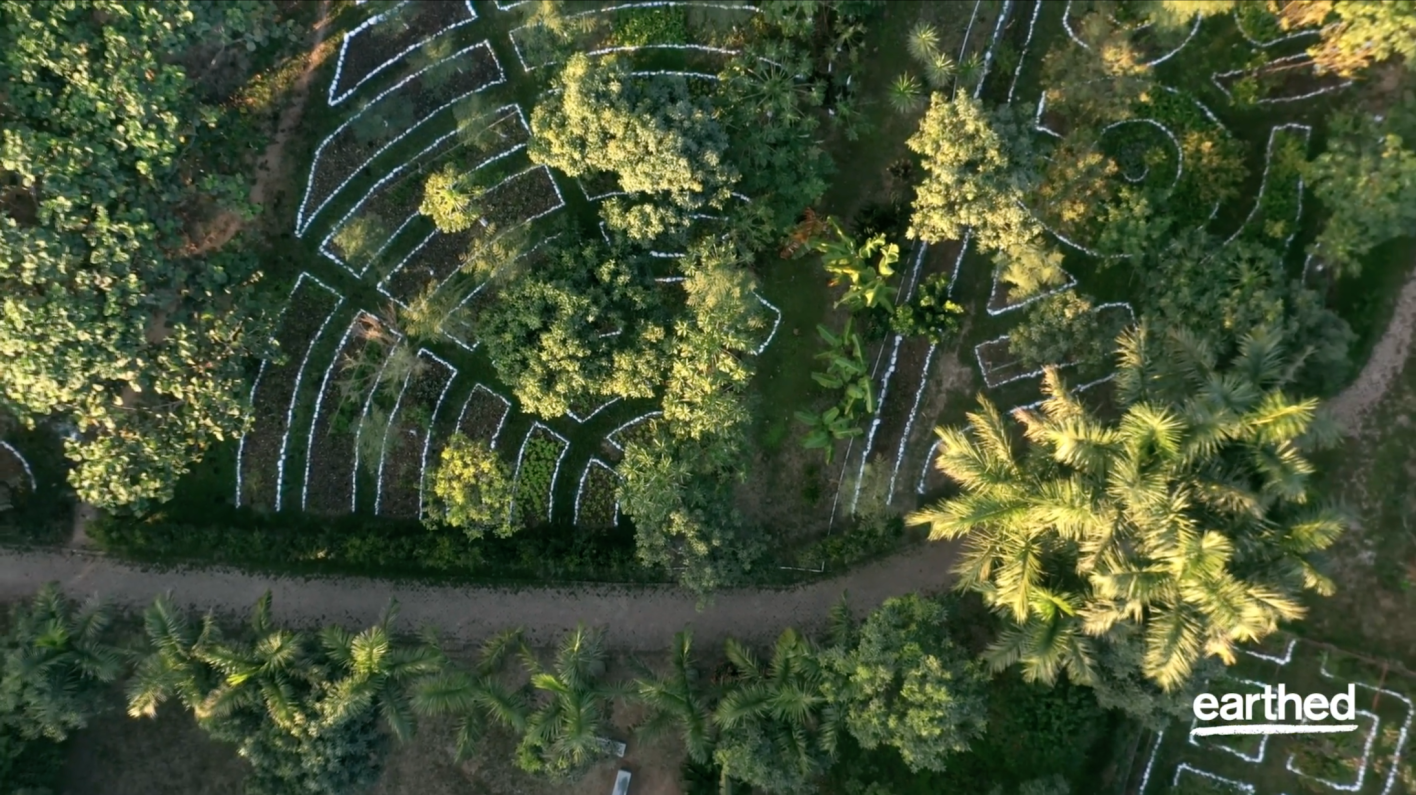
Farming practice before the green revolution
Prior to the green revolution, farming practices looked very different, and in some parts of the world they still do. Traditionally, farmers planted crops together – such as the infamous ‘three sisters’ combination of beans, corn and squash found in many Mesoamerican cultures. This companion planting method promotes the health of the soil, and also the health of the people, providing a nutrient dense diet complete in amino acids.
This style of agriculture considers the whole ecosystem and lets nature do what it does best. It’s a great example of permaculture. However indigenous farmers didn’t use this term to describe their practices when they began cultivating crops this way thousands of years ago. The term permaculture (permanent + agriculture) was only coined relatively recently in the 70s by permaculturist Bill Mollison.
We are just now beginning to catch up and understand the value and potential in these indigenous farming systems. We’re starting to see some incredible advances in regenerative agriculture, a branch of permaculture, that offer creative, simple, nature-based solutions to the problems of our current industrial agricultural system.
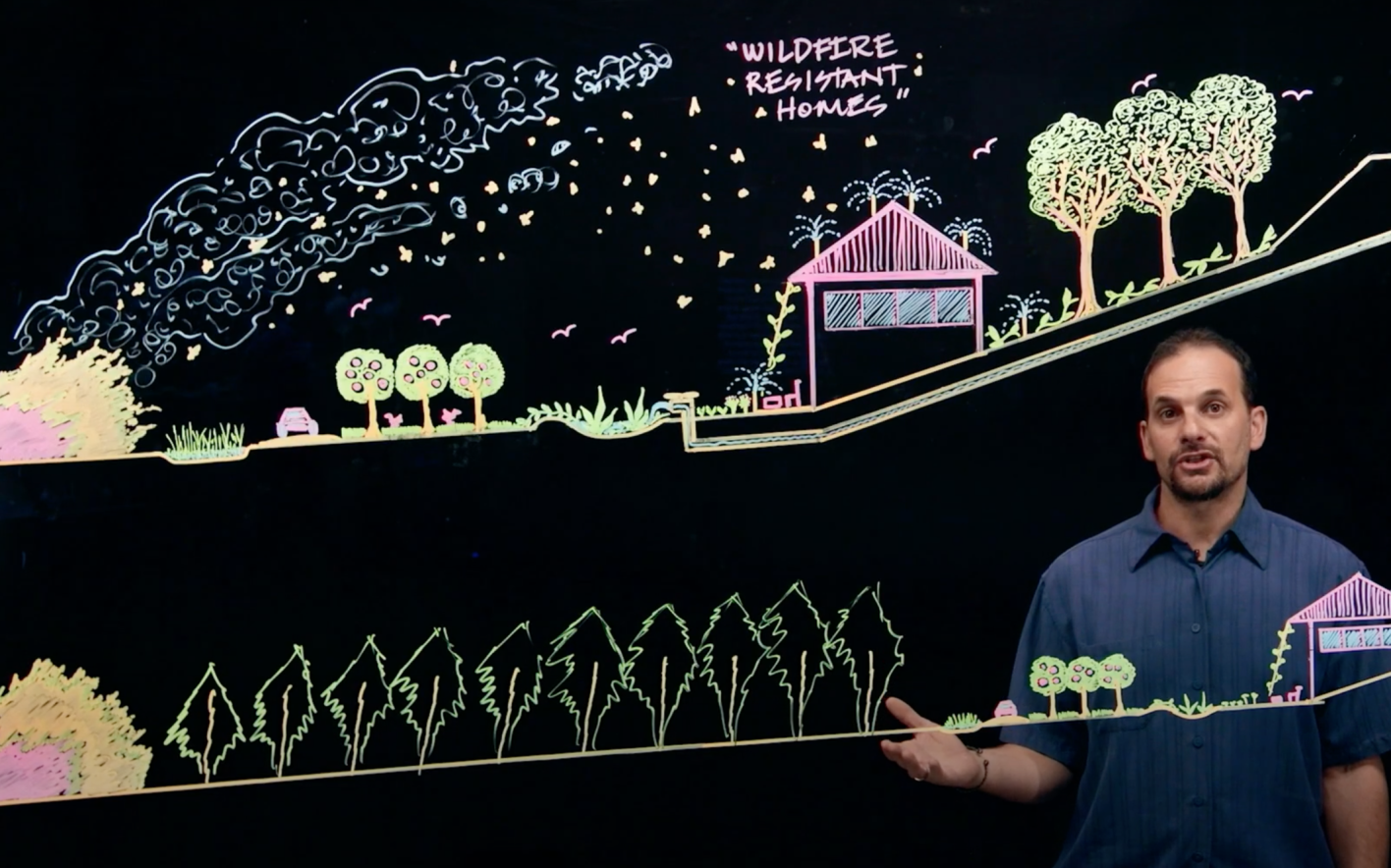
Want to learn more?
Curious to dive deeper into the world of permaculture? There are plenty of courses on offer at Earthed that will help you understand how permaculture principles are applied in practice.
If you’re interested in growing organic food, in Manisha Lath Gupta’s Food Forests course you will learn the basics of permaculture. Specifically, how to cultivate polycultures, growing trees and crops together, and strategies for reducing dependency on chemical pesticides and fertilisers. Collectively, these practices increase soil health and biodiversity and help build climate resilience.
Alternatively, in Andrew Millison’s Permaculture for Wildfire Defence course, you will learn about wildfire factors and assessment, design strategies for wildfire defence, fuel reduction strategies and off-grid water systems. This is a great option for you if you’re living in an area prone to drought and wildfires.
